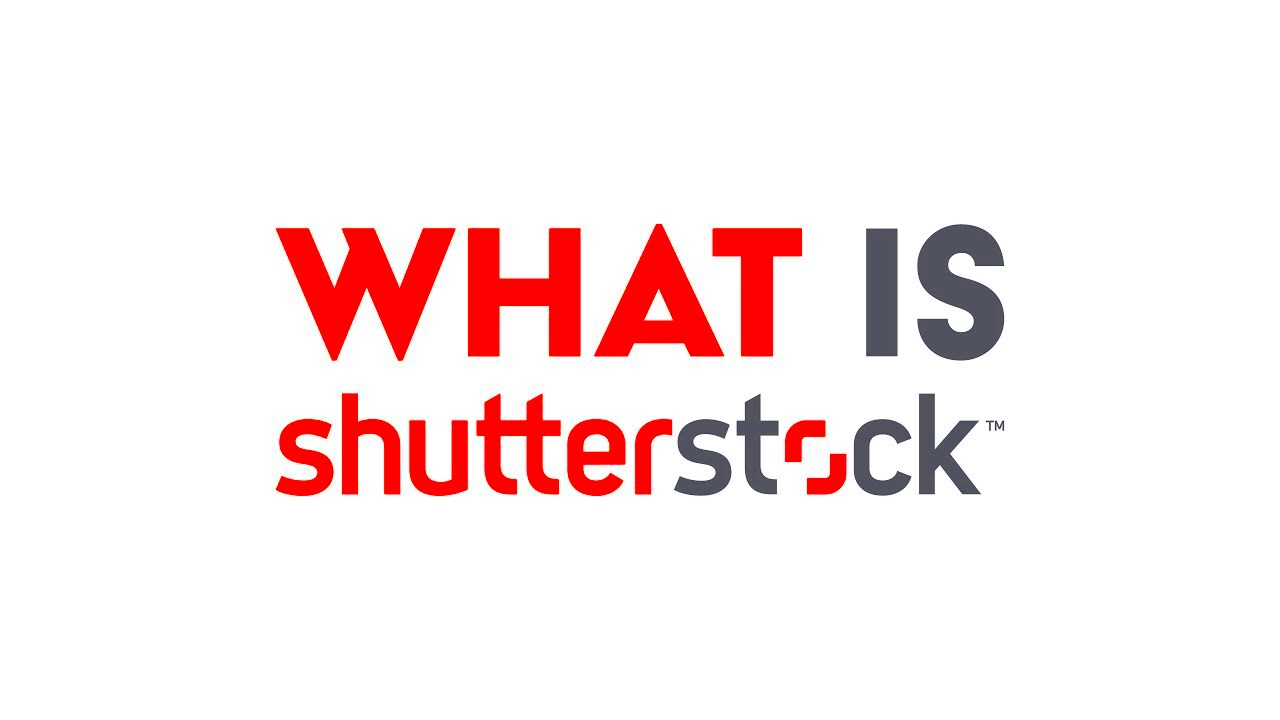Warning: Undefined array key 6 in /home/imgpanda.com/public_html/wp-content/themes/astra/template-parts/single/single-layout.php on line 176
Warning: Trying to access array offset on value of type null in /home/imgpanda.com/public_html/wp-content/themes/astra/template-parts/single/single-layout.php on line 179
Shutterstock started in 2003, aiming to change the way people access stock photos. It was founded in New York City by a man named Jon Oringer, who saw a gap in the market for affordable, high-quality images. Before Shutterstock, getting quality images often involved complicated licensing agreements and high costs. Jon wanted to create a platform where anyone could easily find and purchase images without the hassle.
The concept was simple yet revolutionary. Jon began by uploading his own photography to the site, making it one of the first stock photo platforms to allow photographers to sell their work online. This approach helped Shutterstock grow rapidly, attracting both buyers and contributors.
Learn About the Founder and His Vision

Jon Oringer's journey is quite inspiring. Before founding Shutterstock, he was a photographer and a software engineer. His dual background allowed him to understand both the creative and technical sides of the industry. Jon's vision was to create a user-friendly platform that connected photographers with buyers in a more straightforward way.
He believed that everyone, from businesses to individuals, should have access to quality images without breaking the bank. Jon's commitment to providing affordable images has remained a core principle of Shutterstock, driving its success over the years.
Also Read This: Tips for Selecting the Best Photos for Your Projects Using Imago Images Resources
Explore the Initial Offerings of Shutterstock
When Shutterstock first launched, it offered a small collection of images, primarily Jon's own photography. The initial model was subscription-based, allowing users to download a specific number of images per month for a flat fee. This was a game changer, as it provided a cost-effective solution for businesses needing images regularly.
As Shutterstock grew, it expanded its offerings to include:
- Stock Photos: A wide range of categories, from nature to business.
- Vectors: Graphic illustrations for various design needs.
- Videos: Stock footage for creative projects.
- Music Tracks: Background music for videos and presentations.
This expansion allowed Shutterstock to cater to a broader audience, making it a one-stop shop for all media needs. The initial focus on user experience and affordable pricing set the foundation for what would become a leading global platform for creative content.
Also Read This: How Do You Access High-Quality Shutterstock Images for Free Using Downloaders?
Find Out How Shutterstock Grew Over the Years
Shutterstock's growth story is quite remarkable. Since its launch in 2003, the company has experienced exponential growth, becoming a leader in the stock photography industry. The platform's user-friendly design and affordable pricing attracted a wide range of customers, from small businesses to large corporations. As more users began to discover Shutterstock, the number of contributors also increased, leading to a richer and more diverse library of images.
Here are some key milestones in Shutterstock's journey:
- 2003: Shutterstock launched with just 30,000 images.
- 2012: The company went public, trading on the New York Stock Exchange.
- 2014: Shutterstock reached over 40 million images in its library.
- 2016: The company acquired Rex Features, expanding its offerings in editorial content.
- 2020: Shutterstock introduced enhanced tools for image and video searches, improving user experience.
By continually expanding its content library and improving its technology, Shutterstock has positioned itself as a go-to resource for creatives worldwide. The company’s focus on user satisfaction and constant innovation has played a crucial role in its enduring success.
Also Read This: Perfectly Curling Your Hair with a Straightener
Discover the Impact of Technology on Shutterstock
Technology has played a pivotal role in Shutterstock's success. From its inception, the company leveraged technology to streamline the process of image licensing and distribution. This focus on tech has not only enhanced user experience but also allowed Shutterstock to adapt to changing market demands.
Some of the key technological innovations include:
- Search Algorithms: Shutterstock uses advanced algorithms to help users find the images they need quickly. Users can search by keywords, colors, or even concepts.
- Mobile Accessibility: The introduction of mobile apps made it easier for users to access and download images on the go.
- AI Technology: Shutterstock has integrated artificial intelligence to improve search accuracy and suggest relevant images based on user behavior.
- Contributor Tools: Technology also empowers contributors to manage their portfolios easily, track downloads, and analyze trends in real time.
Through these technological advancements, Shutterstock has enhanced its services, making it a leader in the industry. The constant evolution in tech ensures that Shutterstock remains relevant and continues to meet the needs of its users.
Also Read This: Design Giving Tuesday Campaigns with Canva Giving Tuesday Templates
See How Shutterstock Adapted to Market Changes
Adapting to market changes has been vital for Shutterstock's long-term success. The stock photography industry has undergone significant transformations due to shifts in consumer behavior, technology, and competition. Shutterstock has managed to stay ahead of the curve by being flexible and innovative.
Here are a few ways Shutterstock has adapted:
- Diversifying Content: As video content gained popularity, Shutterstock expanded its offerings to include stock videos and music tracks, catering to the needs of video producers.
- Subscription Models: Shutterstock regularly reviews its pricing structures. It introduced flexible subscription plans to attract different user segments, from casual users to large businesses.
- Global Expansion: The company has focused on reaching international markets, translating its platform into multiple languages and establishing local partnerships.
- Community Engagement: Shutterstock actively engages with its contributor community, listening to feedback and adapting its policies to support their needs.
By continually adapting to changes and trends, Shutterstock has not only survived but thrived in a competitive landscape. Its willingness to innovate and pivot has allowed it to maintain its status as a leading platform for stock media.
Also Read This: How to Stream High 2 on Dailymotion for Full Movie Access
Examine the Role of Contributors in Shutterstock's Success
Contributors are the backbone of Shutterstock's success. Without talented photographers, videographers, and illustrators, the platform would lack the diverse content that attracts users. Shutterstock provides a space for creatives to showcase their work while also earning money from their contributions. This symbiotic relationship has been crucial for both parties.
Here’s how contributors impact Shutterstock:
- Diverse Content: Contributors come from various backgrounds, which enriches the library with different styles and perspectives. This diversity helps buyers find the perfect image or video for their projects.
- Quality Control: Shutterstock maintains a high standard of quality for its content. Contributors must adhere to specific guidelines, ensuring that only the best work is available for users.
- Revenue Sharing: Contributors earn a commission each time their content is downloaded. This financial incentive motivates them to upload high-quality and relevant work.
- Feedback and Community: Shutterstock actively engages with its contributor community, offering feedback and support. This creates a sense of belonging and encourages contributors to improve their skills.
Overall, contributors play a vital role in Shutterstock's ecosystem. Their creativity and commitment drive the platform's growth, making it a valuable resource for buyers around the globe.
Also Read This: Canva Image to Shape
Review Common Questions About Shutterstock's History
As a popular platform, Shutterstock has garnered many questions regarding its history and operations. Understanding these aspects can help users and contributors better appreciate the company and its evolution. Let’s address some of the most frequently asked questions:
| Question | Answer |
|---|---|
| Who founded Shutterstock? | Shutterstock was founded by Jon Oringer in 2003. |
| When did Shutterstock go public? | Shutterstock went public in 2012 and is listed on the New York Stock Exchange. |
| How many images does Shutterstock have? | As of now, Shutterstock has over 400 million images in its library. |
| What types of content can I find on Shutterstock? | Shutterstock offers stock photos, videos, music tracks, and vectors. |
These questions highlight the transparency and openness of Shutterstock. By addressing common queries, the platform helps users and contributors understand its mission and values.
Wrap Up with Key Takeaways
Shutterstock's journey from a small startup to a leading stock media platform is truly impressive. As we wrap up this discussion, here are some key takeaways to remember:
- Innovative Beginnings: Founded by Jon Oringer in 2003, Shutterstock started with a simple idea—making stock images accessible and affordable.
- Technological Advancements: The platform has continually embraced technology to improve user experience and streamline operations.
- Contributors Matter: The success of Shutterstock is largely due to its contributors, who provide a diverse range of high-quality content.
- Adaptability is Key: Shutterstock has shown a remarkable ability to adapt to market changes, ensuring its relevance and growth in the industry.
In conclusion, Shutterstock’s story is a testament to the power of innovation, community, and resilience. As it continues to evolve, users and contributors can look forward to even more exciting developments in the world of stock media.
